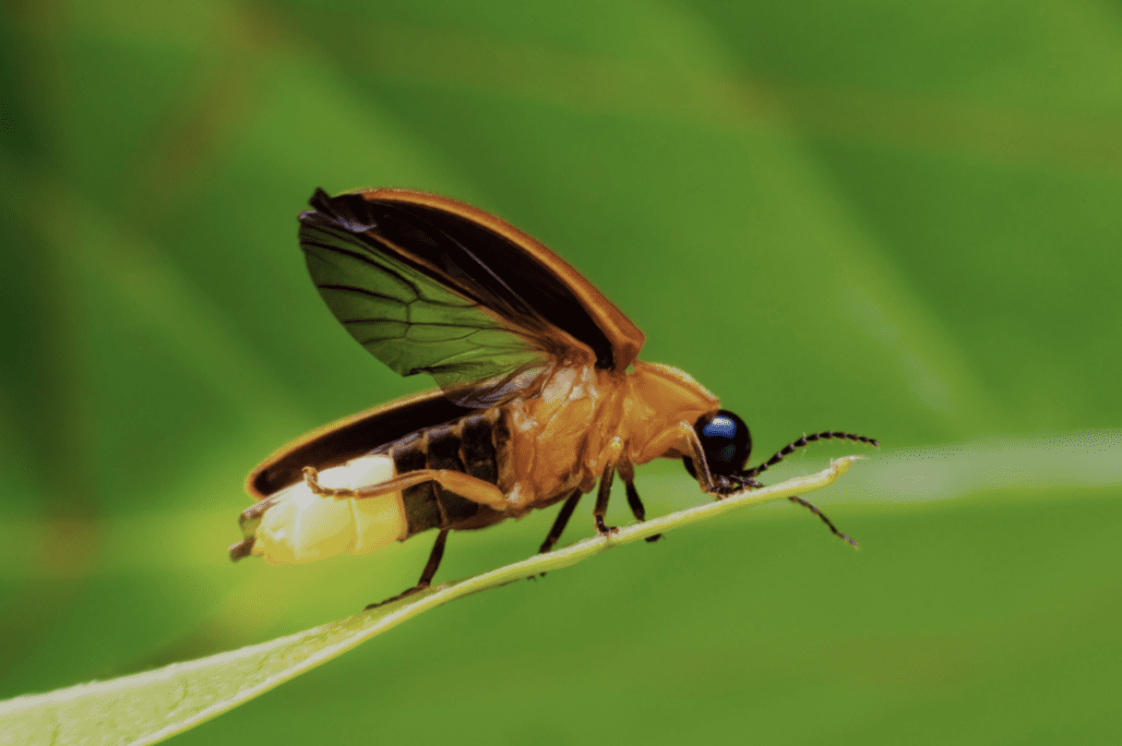Lawn & Garden

Whether you call them lightning bugs or fireflies, you must admit light-producing insects are fascinating. These light producing insects are not a true fly nor a true bug. They are actually beetles in the family Lampyridae. There are approximately 2,200 species found worldwide, and about 171 species in North America. Eighteen of those species in North America are listed as endangered. There are about 75 species of fireflies in the southeastern United States, and about 50 different species found in Alabama, Georgia, and Florida. Fireflies are found worldwide in temperate and tropical areas and on every continent except Antarctica. They thrive around standing water and marshes in wooded areas.
Life Cycle of a Firefly
Like all beetles, fireflies have a complete life cycle consisting of four stages: egg, larva, pupa, and adult. The adult females lay eggs around mid-summer in moist places near the ground. The eggs will hatch into firefly larvae in about two or three weeks. The firefly will spend most of its life as a larva in the soil or under tree bark, which can last well over a year. The adult stage of the firefly will only last a few weeks. Fireflies are considered a beneficial insect and it is actually the larval stage that is the most beneficial. The firefly larvae are predators of snails, slugs, and other soft-bodied insects. However, firefly adults are not carnivorous at all. Some species eat the nectar or pollen of flowers, others eat smaller fireflies, and some do not eat anything at all.
The Light
The larvae of all firefly species are bioluminescent, but not all adults are capable of producing light. The light is a chemical reaction. Larva uses its light as warning displays to ward off potential predators, and the adult uses the light to signal each other and attract mates. Scientists also use the flashing pattern and color to distinguish between different species. Based on adult courtship behavior, fireflies are categorized into three groups: flashing fireflies, daytime dark fireflies, and glowworms. The eggs can glow as well, but the intensity is very low. The light serves another purpose for the firefly, too: these insects taste bitter to predators. The glowing identifies them to predators and the predators avoid eating them.
Protecting Fireflies
In 2021, researchers completed a risk assessment of fireflies and found that 14% of the firefly species are threatened by extinction. Several factors contribute to the decline of firefly populations, including habitat loss due to urban development, light pollution, drought, incorrect use of pesticides, and the use of lawn fertilizer.
There are several things people can do in their landscapes to help firefly populations. Decrease the light pollution by turning off your exterior lights during the firefly mating season. Allow low-hanging branches to remain on trees and shrubs. If possible, allow some natural areas to remain with leaf litter and tall grasses. Adding a water garden to the landscape may encourage fireflies because the firefly larva likes damp soil. Reduce the use of lawn fertilizer and pesticide if possible. Try to avoid using broad spectrum pesticides and broadcasting them over large areas. Understanding and managing the desired habitat for fireflies is important as people help encourage these beneficial insects.

